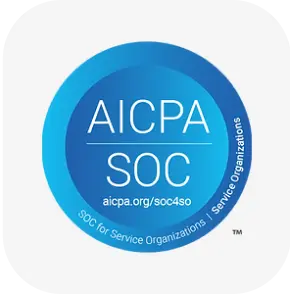Want to Become a Great Leader? The Smartest Ones Will Be Doing These 3 Things This Year
BY MARCEL SCHWANTES, FOUNDER AND CHIEF HUMAN OFFICER, LEADERSHIP FROM THE CORE@MARCELSCHWANTES
Planning for 2022, many leadership teams have had to consider employee retention to a degree like never before. What once was enough to keep employees happy — think remote work, office perks, and more — simply won’t cut it anymore.
Amid the biggest talent shift in recent memory, I connected with three executives to get fresh strategies about talent retention for the new year.
Put a premium on the act of listening
“There’s no ‘one size fits all’ solution when it comes to employee retention. Everyone wants something different out of their job, and as a leader, you must respect and understand that,” said Dean Thompson, chief growth/customer officer at HungerRush. “No two employees are the same, and it would be a waste of time and resources to treat them as such.”
Thompson believes that by listening to employees’ feedback, leaders will be much better informed as to how to keep employees happy. “The most important way to keep employees engaged is to simply listen to what they want,” he said. “Their answers may not be what you expected to hear, and that feedback will entirely affect how you approach benefits and employee management.” Driving home Thompson’s point, often employees don’t want rewards as much as you would think — they want to be heard and valued.
Give employees avenues for feedback
Listening to employees was a sentiment shared by all of the executives. Mark Woodka, CEO of OnShift, believes that to go a step further, you must provide employees with a way to conveniently share their feedback. “The only way to retain employees in today’s competitive labor market is by adopting employee-centric programs. Employees want to feel valued and heard, and one of the best ways to make this happen is with pulse surveys,” said Woodka.
“Sending quick and convenient surveys monthly or biweekly allows managers to monitor satisfaction and capture feedback so they can address problems before they fester,” he said. Additionally, Woodka believes that submitting feedback shouldn’t be the end of the line. “Unfortunately, many organizations don’t focus enough on recognizing and rewarding positive behaviors. One key to success is making sure employees value the rewards and that they’re offered fairly and consistently. Otherwise, this can lead to dissatisfaction,” he said.
Thompson was aligned with this thought process, adding his own two cents on the matter of feedback. “As leaders, we’re often given credit for things accomplished by our teams,” he said. “When someone congratulates you on the achievement, you need to stop them and let them know the employee who actually did the work and encourage them to give their accolades to them. When your employees see they get the acknowledgment, they’ll be prouder of their work and will aim higher to achieve those results.”
Lean on tech to minimize burnout
The pandemic forced many companies to invest in new tools and solutions to maintain workflow, minimize burnout, and keep employees connected. Charlie Lougheed, CEO and founder of Axuall, believes these investments should maintain their use and outlive the pandemic. “Heading into the new year, executive leadership teams should be focusing on how to lean on tools and technology that are available to allow employees to work smarter, not harder,” said Lougheed. “The executives who choose to prioritize preventing burnout now will reap the benefits in 2022 and beyond. Automating as much of the tedious, administrative part of the job allows for employees to focus on what matters in their respective roles, giving your workforce the opportunity to practice at the top of their skill sets.”
Talent retention in 2022 will be accomplished largely by accommodating employees. In the words of Thompson, “once these strategies are put in place, your employees will be more engaged with company initiatives and changes, because their design is based on tangible feedback and they will reap the rewards.”
